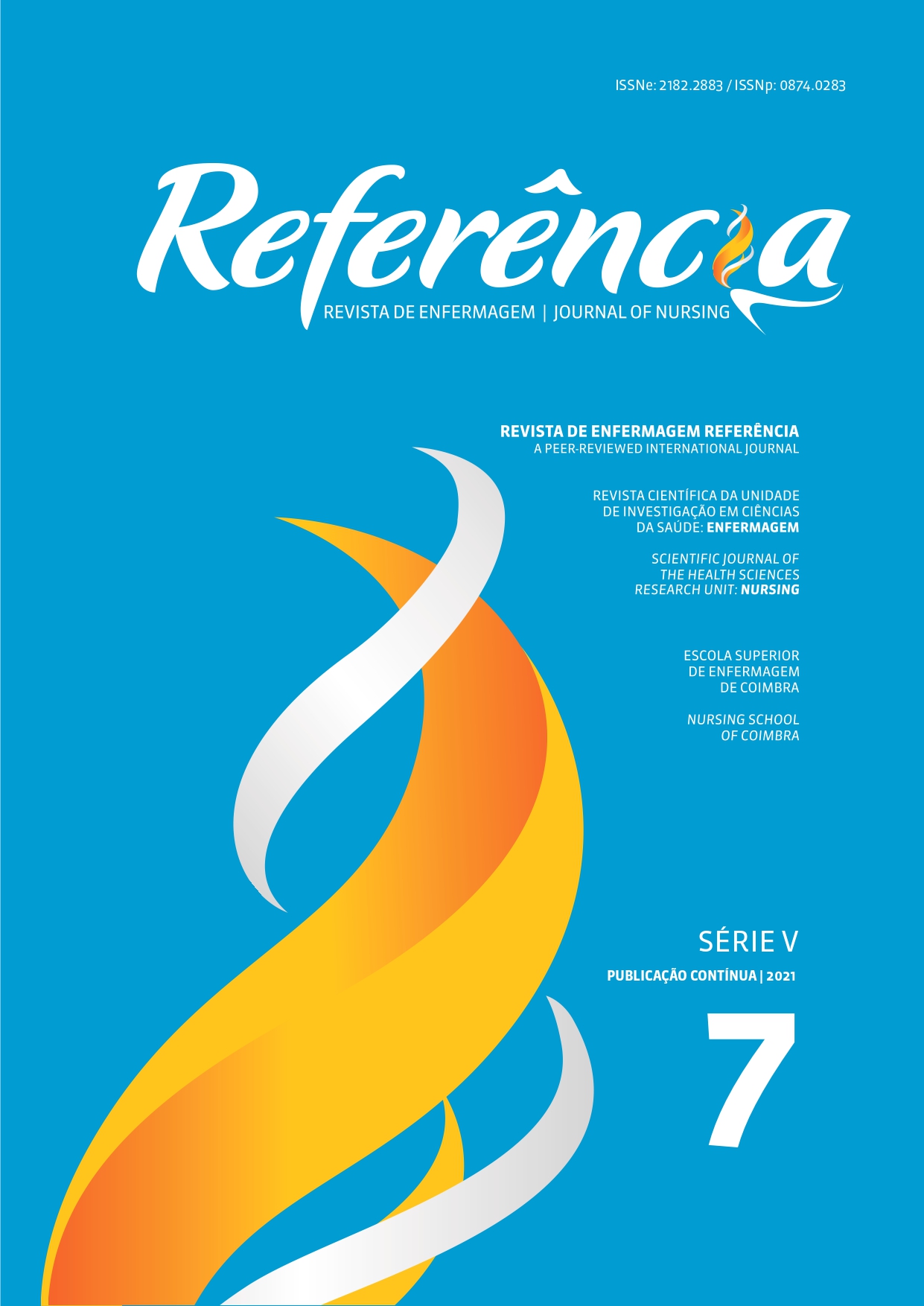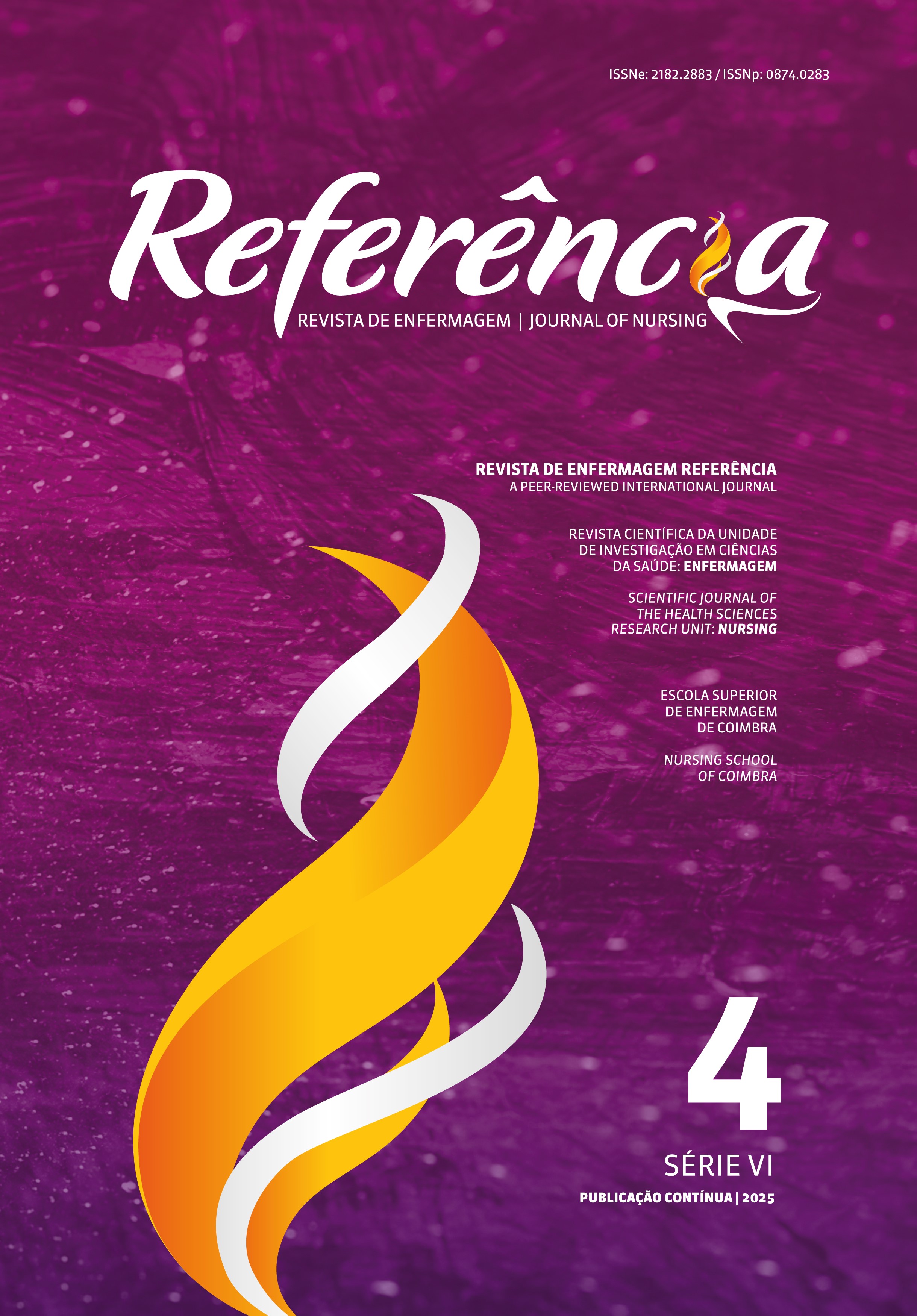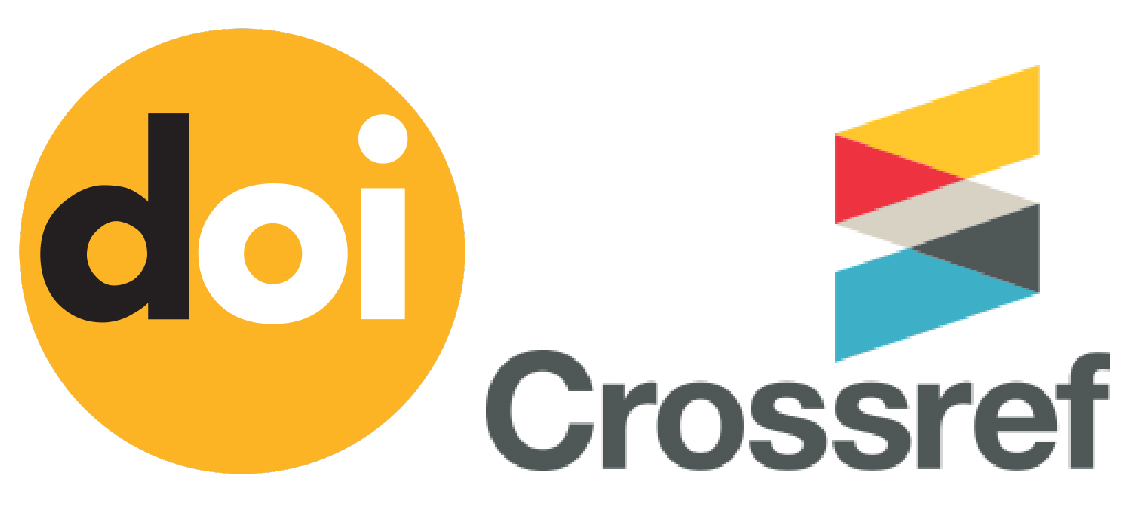Program of animal-assisted interventions for children with autism spectrum disorder
DOI:
https://doi.org/10.12707/RV20153Keywords:
child, autism spectrum disorder, animal-assisted therapy, familyAbstract
Background: Autism spectrum disorder implies adjustments in the daily care of the child. In this scenario, animal-assisted interventions seem to act as a facilitator in maintaining the quality of life of these individuals.
Objective: To develop an animal-assisted intervention program for children with autism spectrum disorder (AAIPC-ASD).
Methodology: Methodological study for the construction of a program of animal-assisted interventions, applicable to children with autism spectrum disorder, based on the model of complex interventions of the Medical Research Council that consists of four stages: identifying the evidence base, identifying/developing theory, modeling process, and assessing effectiveness.
Results: The AAIPC-ASD development process has resulted in the construction of Version 1 of the program, consisting of the following items: program planning, session planning, implementation, field notes, and final evaluation.
Conclusion: The structure of Version 1 of the AAIPC-ASD is aligned with the characteristics of its target group, based on primary field research data and updated bibliographic data. Its effectiveness and validation will be assessed in later stages.
Downloads
References
Baio, J., Wiggins, L., & Christensen, D. L., Maenner, M. J., Daniels, J., Warren, Z., Kurzius-Spencer, M., Zahorodny, W., Rosenberg, C. R., White, T., Durkin, M. S., Imm, P., Nikolau, L., Yeargin-Allsopp, M., Lee, L.-C., Harrington, R., Lopez, M., Fitzgerald, R. T., Hewitt, A., ... Dowling, N. F. (2018). Prevalence of autismo spectrum disorder among children aged 8 years-autism and developmental disabilities monitoring network, 11 sites, United States, 2014. MMWR Surveillance Summaires, 67(6), 1–23. https://doi. org/10.15585/mmwr.ss6706a1
Becker, J. L., Rogers, E. C., & Burrows, B. (2017). Animal-assisted social skills training for children with autism spectrum disorders. Anthrozoos, 30(2), 307-326. https://doi.org/10.1080/08927936.2017.1311055
Craig, P., Dieppe, P., Macintyre, S., Mitchie, S., Nazareth, I., & Petticrew, M. (2008). Developing and evaluating complex interventions: The new Medical Research Council guidance. BMJ, 337, 979-983. https://doi.org/10.1136/bmj.a1655
Dotti, J. (2014). Terapia e animais. Livrus. Funahashi, A., & Gruebler, A. (2014). Brief report: The smiles of a child with autism spectrum disorder during an animal-assisted activity may facilitate social positive behaviors—quantitative analysis with smile-detecting interface. Journal of Autism and Development Disorders, 44(3), 685–693. https://doi.org/10.1007/s10803-013-1898-4
Germone, M. M., Gabriels, R. L., Guérin, N. A., Pan, Z., Banks, T., & Haire, M. E. (2019). Animal-assisted activity improves social behaviors in psychiatrically hospitalized youth with autism. Autism, 23(7), 740-1751. https://doi.org/10.1177/1362361319827411
Guérin, N. A., Rodriguez, K. E., Brodhead, M. T., & O’Haire, M. E. (2017). Assessing preferences for animals in children with autism: A new use for video-based preference assessment. Frontiers in veterinary science, 4, 4-29. https://doi.org/10.3389/fvets.2017.00029
Haire, M. E. (2017). Research on animal-assisted intervention and autism spectrum disorder, 2012 – 2015. Applied developmental science, 21(3), 1-17. https://doi.org/10.1080/10888691.2016.1243988
Haire, M. E., Guérin, N. A., Kirkham, A. C., & Daigle, C. L. (2015). Animal-assisted intervention for autism spectrum disorder, HABRI central briefs 1–8. https://www.researchgate.net/publication/279193682_O’Haire_M_E_Guerin_N_A_Kirkham_A_C_Daigle_C_L_2015_Animal-assisted_intervention_for_autism_spectrum_disorder_HABRI_Central_Briefs_11_e1-8
Nitschke, R. G., Tholl, A. D., Potrich, T., Silva, K. M., Michelin, S. R., & Laureano, D. D. (2017). Contributions of Michel Maffesoli’s thinking to research in nursing and health. Texto e Contexto Enfermagem, 26(4). https://doi.org/10.1590/0104-07072017003230017
Organização Pan-Americana da Saúde, Organização Mundial da Saúde. (2017). Transtorno do espectro autista. https://www.paho.org/pt/topicos/transtorno-do-espectro-autista
Pet Partners. (2019). The Pet Partners Story. https://petpartners.org/about-us/petpartners-story
Polit, D. F., & Beck, C. T. (2011). Fundamentos de pesquisa em enfermagem: Avaliação de evidências para a prática da enfermagem (7.o ed). Artmed.
Smith, B., & Dale, A. (2016). Integrating animals into Australian classrooms: Benefits and barriers for children with Autism Spectrum Disorder. Pet Behaviour Science, 1, 13–22. https://doi.org/10.21071/pbs.v0i1.3994
Tooker, L. (2016). The benefits of having a dog present during immunisations in a special needs school. British Journal of School Nursing, 11(6), 305–307. https://doi.org/10.12968/bjsn.2016.11.6.305
Yap, E., Scheinberg, A., & Williams, K. (2017). Attitudes to and beliefs about animal assisted therapy for children with disabilities. Complementary Therapies in Clinical Practice, 26, 47–52. https://doi.org/10.1016/j.ctcp.2016.11.009






















